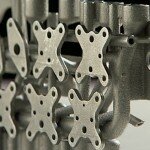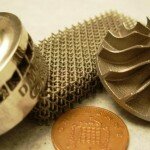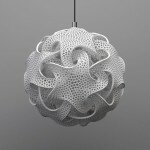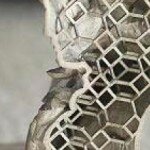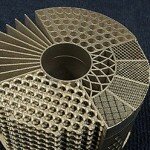Designers and engineers have grown up with milling and drilling as the manufacturing technologies for developing products. With 3D Printing/Additive manufacturing new opportunities arise but also new pitfalls.
That is why the 2nd edition of the 3D Printing Design & Engineering conference took place on May 24, 2016 at Designhuis in Eindhoven, The Netherlands.
The 3DDE Conference offered design and engineering professionals the chance to learn and to look at design challenges from different perspectives using 3D Printing/Additive Manufacturing.
The goal is to make 3D printing part of every designer’s DNA!
The following topics were covered during the conference:
- The 3D printing value chain
- Visualisation tools, and 3D design & 3D engineering tools
- The integrated workflow
- 3DDE education and studies
- Virtual Engineering
- Topology Optimization
- Validation
- Creative thinking in the design process
- IP, liability, legal and technical issues
- Reverse engineering of 3D products
- Postprocessing, essential for 3D printed products
Find more about the 2016 edition.
Who should attend the next edition?
Any person who is involved in developing products using 3D printing, from designer to engineer, from researcher to 3D printer manufacturer and from material manufacturer to software developer. We invite you to visit the website to find out why you should attend the full day conference.
Fast facts about the importance of 3D Printing Design & Engineering
Thinking beyond prototyping. 3D printing is not just a prototyping technology anymore, it is a manufacturing technology which requires a different way of thinking. A designer needs to know the ins and outs of the product, and is required to learn new skills and approaches to become a real professional in 3D Printing Design & Engineering. Many aspects should be considered: how will it function, what should it be supporting, what is the optimal construction?
The 3D printing technology allows the designer to stay closer to the final product. Potential problems or defaults in the design can be iterated quickly, making it easier to adjust and solve inefficiencies. In other words, 3D printing supports an improved product lifecycle management.
Get social! Be informed about the 3D Printing Design & Engineering Conference and receive the latest 3D printing, designing, engineering and content news. Follow and join the .


